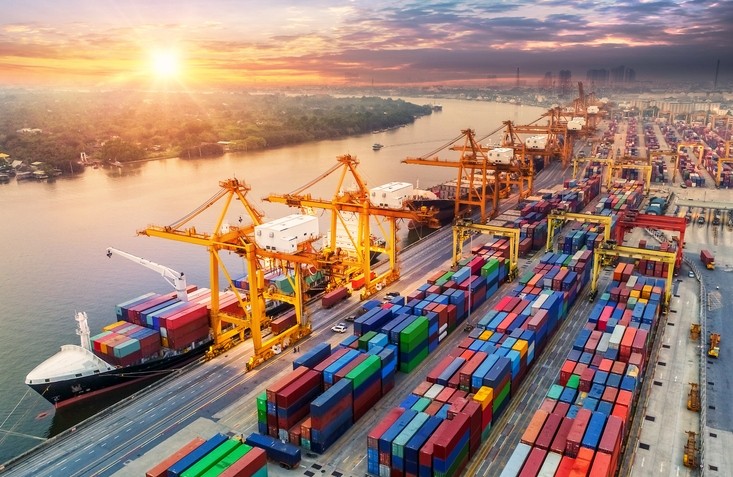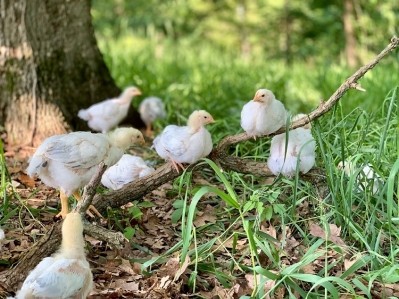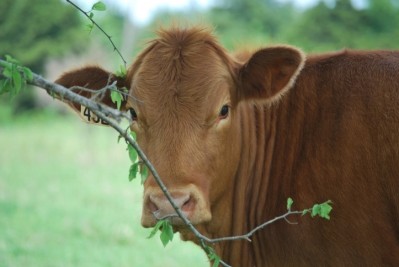Canada: Feed ingredient, crop exporters need to boost China knowledge

The current disruption of the canola export market from Canada to China was somewhat predictable, following an analysis of China’s agricultural policies, said Zhidue Wang and Patrick Leblond, with the University of Ottawa and authors of a recent report – Canola Disputes in Canada-China Agricultural Trade. The report was distributed by the Canadian Agri-Food Policy Institute, the China Policy Centre and the Centre for International Policy Studies at the University of Ottawa.
Earlier this year, China blocked canola imports from two Canadian companies claiming quality concerns and has since stopped importing canola seed from Canada. There was some speculation that the change in imports related to Canada’s involvement in the extradition arrest of Chinese citizen Meng Wanzhou.
However, “the dispute reflects deeper structural trends in China’s agricultural policy,” the report authors said. Adding, “This means that canola trade between Canada and China is unlikely to resume its previously long-term growth path once the current dispute is resolved.”
The analysis argues that the current restrictions on trade stem from China’s efforts to improve food security by increasing domestic production and diversifying the importers it uses to be less reliant on specific countries, they said.
One important element to take away from the analysis is that policy efforts may be being made with “less than perfect understanding,” said Ted Bilyea, honorary member and former special advisor with the Canadian Agri-Food Policy Institute.
“The paper is really trying to suggest that given the size of China both production and consumption, we need to have more expertise that can understand why the Chinese are doing what they’re doing,” he told FeedNavigator. “That doesn’t in any way suggest we need to be sympathetic or agree with what they’re doing, but if you’re going to make good policy you really better understand the other side.”
Feed and ag trade policy considerations
China was the top market for Canadian canola, importing about 41.4% of Canada’s total exports of the feed and food crop, the report authors said. But, an analysis of policymaking, and government trends indicate that the decision to reduce canola imports likely occurred prior to the most recent tensions between the two countries.
China has been changing its policies based on what happened during the 2007-08 global food crisis to improve food security and expand both its food supply and importing partners, they said.
“Based on an analysis of trade data, from two previous canola disputes between Canada and China, and of Chinese agricultural policies, this report concludes that the current crisis could also have been mitigated if the Canadian canola industry had paid closer attention to long-term, agricultural policy developments in China,” the authors said.
“Instead, the Canadian government’s intervention to solve the 2016 canola trade dispute with China through a temporary resolution, which was due to expire in 2020, has given producers a false sense of security that canola exports to China would continue to grow unabated in the long term,” they added.
However, with an improved understanding it might have been possible to avoid the situation, said Bilyea. “They want to get above 40% self-sufficiency. Is that really going to be a huge problem for us? The answer is, ‘probably not’ because it still means they’re going to have to import a lot,” he added.
If Canada, or the exporting country, is perceived as an adversary there could be a continuing concern that someday the feed ingredient or product might not be available, he said. “If possible, we need to put food in a category … that food doesn’t become a weapon,” he added.
If that is not done then there could continue to be a push to develop and grow feed grains or oilseeds in areas that are more problematic from an environmental perspective, he said. “We may not be able to convince them they don’t want to be self-sufficient to the tune of 40%, but we might be able to offset some of their fears that someday we won’t ship them canola – that’s an easier one to play with.”
Future considerations
The ongoing need for experts and improved understanding also means that there could be other feed ingredients or products like pork or poultry that see a similar pattern of challenges in the future, said Bilyea.
“Particularly as the US is looking seriously at China as a meat destination, … you’ve opened up a whole new realm of possibilities of finding things they don’t want,” he said.
In addition to improving the understanding of the factors influencing trade policy and practices in China, there are other considerations for feed producers and exporters, said Bilyea.
“We never want to get overly comfortable with the idea that we’ll have a simple rotation of two or three crops because the world is continuing to change,” he said.
Although current feed crops will likely continue to be needed, other grains and crops are also important, he said. Adding, “It never hurts to keep trying new things, because some of those new things will be demanded in the future.”
At the point where feed grain or crop production becomes predictable, that can be the time to worry, he said.
Additionally, producers need to remember to diversify their markets before being forced to do so, Bilyea said.
“You don’t want to do it when it’s easy, but that’s the only time you can do it,” he said. “Because when it’s hard, then you’ve got so many other things you’re worrying about … the only time you can do it is when things are good.”













